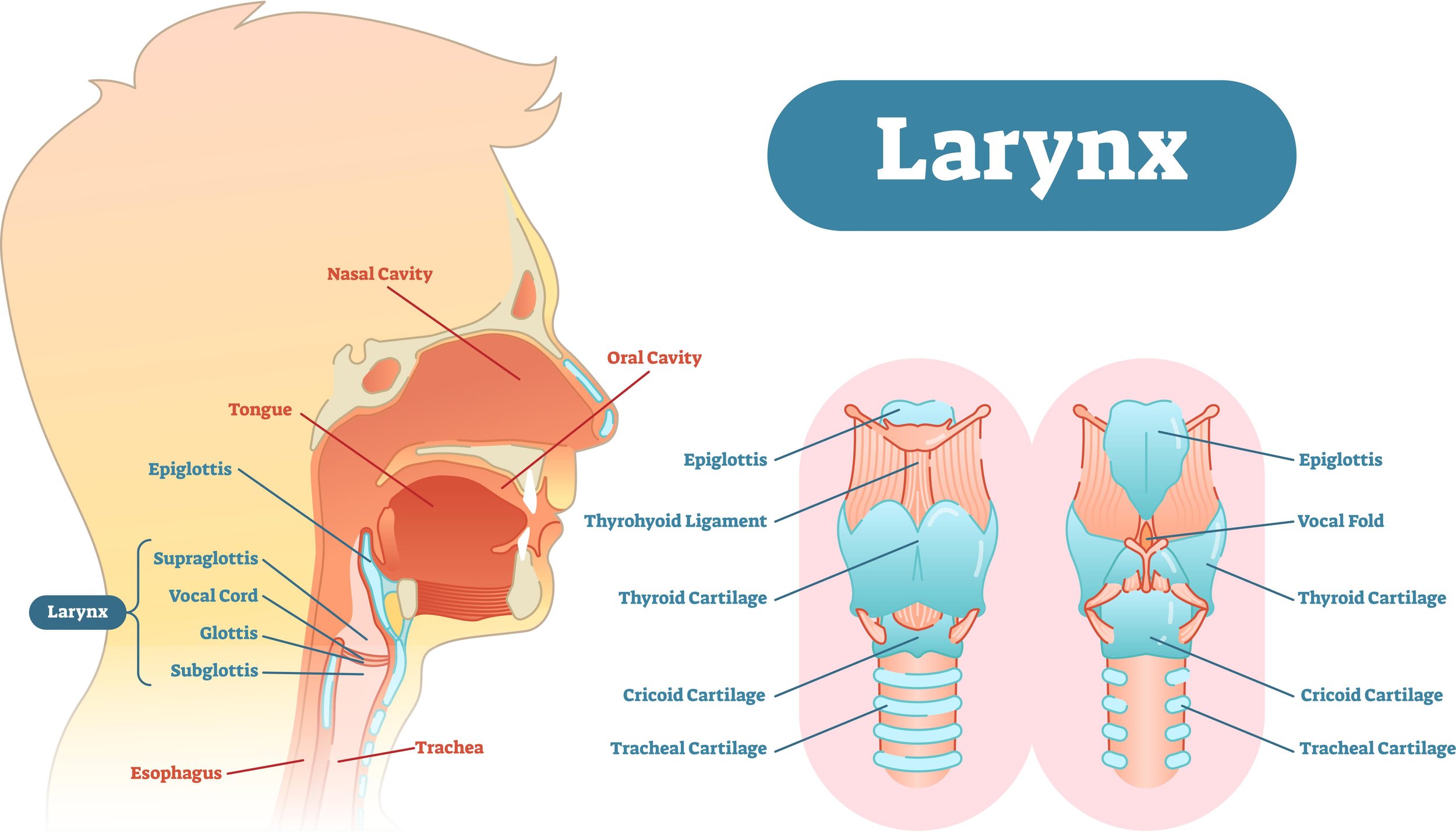How to Adjust Vocal Feminization Techniques for Your British English Accent
When it comes to vocal feminization, many people focus on key elements like pitch, resonance, and intonation. But one often-overlooked factor is accent.
If you’ve been following general vocal feminization techniques but feel like something isn’t quite clicking, it could be that you need to tweak the strategies you’re using to accommodate for your own accent.
Today, we’re going to explore how accent affects vocal feminization, with a special focus on the differences between American and British English.
In the video above, I get some help from fellow voice teacher, Vox Margo. Vox Margo is a nonbinary, AuDHD, disabled voice teacher who specialises in working with trans and neurodivergent folk with singing, speech, and peer mentoring. They are also a singer/songwriter, poet, and crafter, and the founder of OmniArts GB: a queer, disabled led arts non-profit organisation.
The Key Differences Between American and British English
At first glance, American and British English might seem quite similar, but their pronunciation, vowel qualities, and articulation styles vary significantly. These differences impact how femininity is conveyed through speech. Let’s break down a few key distinctions:
1. Vowel Pronunciations
/ɒ/ vs. /ɑ/: In General British (GB) English, words like shop are pronounced with a back rounded vowel /ʃɒp/, whereas in General American (GA), it’s pronounced /ʃɑp/.
/ɪə/ vs. /ɪr/: British English often uses the diphthong /ɪə/ in words like steer (/stɪə/), clear (/klɪə/), and cheer (/tʃɪə/), whereas in American English, these are pronounced with /ɪr/ as /stɪr/, /klɪr/, and /tʃɪr/.
In vocal feminization, a brighter, more forward sound is often encouraged. American English naturally favors this with its spread vowels, but in British English, you might need to achieve brightness while maintaining the rounded vowel qualities of RP (Received Pronunciation).
2. Rhoticity – The Pronunciation of 'R' Sounds
One of the most noticeable differences between British and American accents is rhoticity, or whether the ‘r’ sound is pronounced at the end of syllables.
British English (RP & General British): Non-rhotic, meaning 'r' at the end of words is usually silent (e.g., car = /kɑː/ and hard = /hɑːd/). However, some accents, like Scottish English or certain West Country accents, are rhotic.
American English (General American): Rhotic, meaning all written 'r's are pronounced, so car = /kɑr/ and hard = /hɑrd/.
Since American English emphasizes a strong, pronounced ‘r’, shifting the placement of that resonance forward can be a key feminization strategy. In British English, however, the ‘r’ sound might not be something that you need to look at closely.
3. Articulation of /t/ Sounds
Flapping in American English: In GA, the /t/ sound often turns into a soft ‘flap’ between vowels, making butter sound like budder.
Glottal Stops in British English: In RP, /t/ is more aspirated, but in some accents (such as Cockney or Estuary English), it is replaced with a glottal stop. For example, bottle may sound like bo’le.
For feminization, the softer, less pronounced /t/ in GA can contribute to a more delicate sound. In British accents that use glottal stops, feminization techniques may need to focus on maintaining a smooth, continuous airflow to soften articulation.
Practical Tips for British/american English Speakers Adapting Feminization Techniques
If you speak with a British accent, here are some ways to tailor general feminization techniques to better suit your natural speech patterns:
Maintain Rounded Vowels: Since RP and many British accents use more rounded vowels than American English, focus on maintaining this while adjusting resonance and brightness.
Refine Your 'R' Sounds: If you speak an American accent, focus on bringing the ‘r’ sound more forward, perhaps by leaving the tip of the tongue behind your bottom teeth.
Lighten Plosives Thoughtfully: American feminization techniques often encourage softening strong consonants. However, if you have a British accent, particularly RP, maintaining crisp articulation may be more natural while adjusting pitch and intonation instead.
Finding Your Feminine Voice Within Your Accent
Vocal feminization isn't a one-size-fits-all process—it’s about taking the core techniques and shaping them to fit your unique accent, speech patterns, and personal expression.
By listening closely to the voices around you, experimenting with resonance, pitch, and intonation, and giving yourself permission to play, you’ll gradually find a voice that feels authentic and natural.
It takes time and effort, but with patience and practice, you can craft a voice that truly feels like you. Keep exploring, keep refining, and most importantly, enjoy the journey!
Ready to explore your voice?
The True Voice Vocal Feminization E-Course is a comprehensive, self-study course that allows you to learn everything you need to know at your own pace.





















